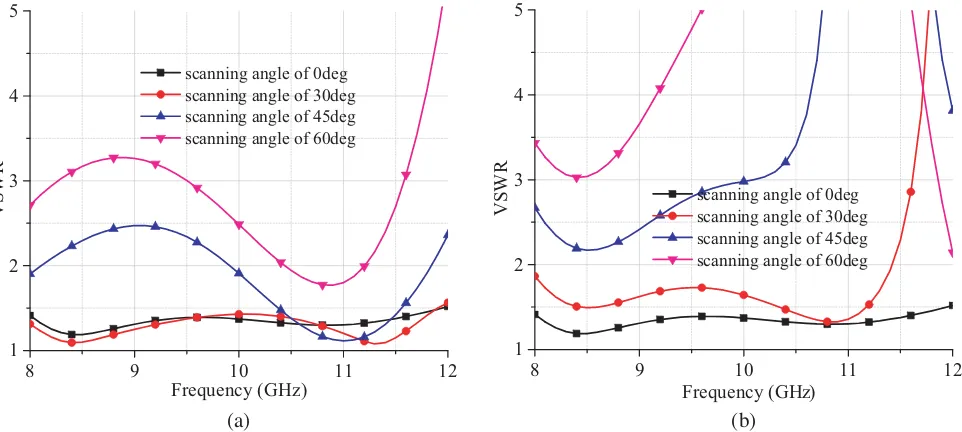Step-Shaped Cavity-Backed Antenna and Wideband Wide-Angle Impedance Matching in Planar Phased Array
Full text
Figure




Related documents
Flight of the eye gnat, Hippelates pusio (Diptera: Chloropidae): Effect of temperature, light, moisture and wind velocity.
In this study, fracture test of irradiation CANDU pressure tube materials was performed and J-R curve was determined by load ratio method without measuring instruments in hot
we propose an improved NTRU cryptosystem to overcome the decryption failure of the original NTRU.The proposed system can secure the data stored in the cloud by the data owner and
Gassan, Properties and Modification Methods for Vegetable Fibers for Natural Fiber Composites, Journal of Applied Polymer Science. Groeninckx, The role of fibre/matrix interactions
Ance downregulation resulted in a sharp de- cline in the number of progenitors (visualized by GFP ) and increased differentiation (P1: red and proPO: magenta, marking the
These experiments demonstrate that split-QF can ef- fectively achieve simultaneous and intersectional expression, narrowing down the expression patterns of split-GAL4, split- LexA,
Nonlinear Static Pushover Displacement Coefficient Method as described in FEMA 356, Improvement of Nonlinear Static Pushover Displacement Coefficient Method as described in FEMA
These module phenotypes were jointly analyzed with body composition and serum biomarkers in a combined analysis of pleiotropy and epistasis (CAPE), which inferred networks of



